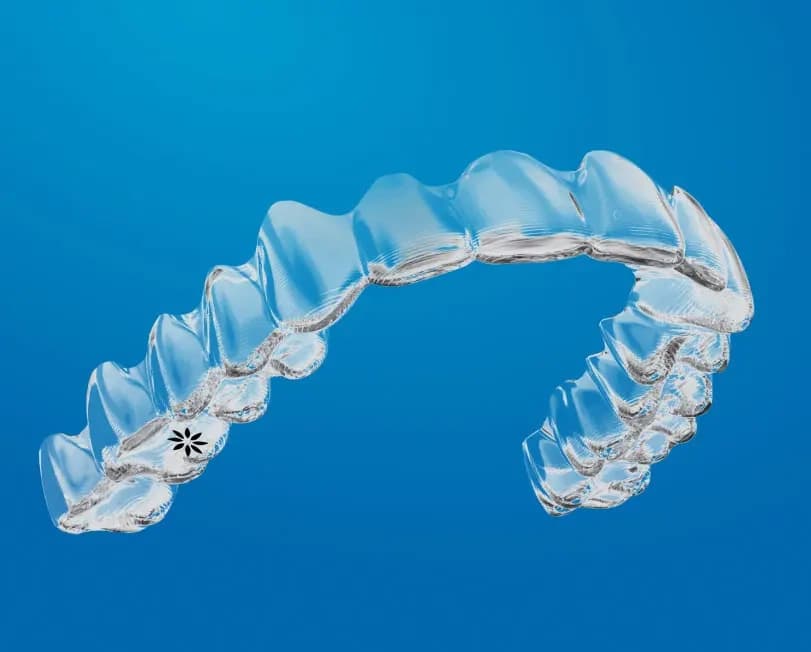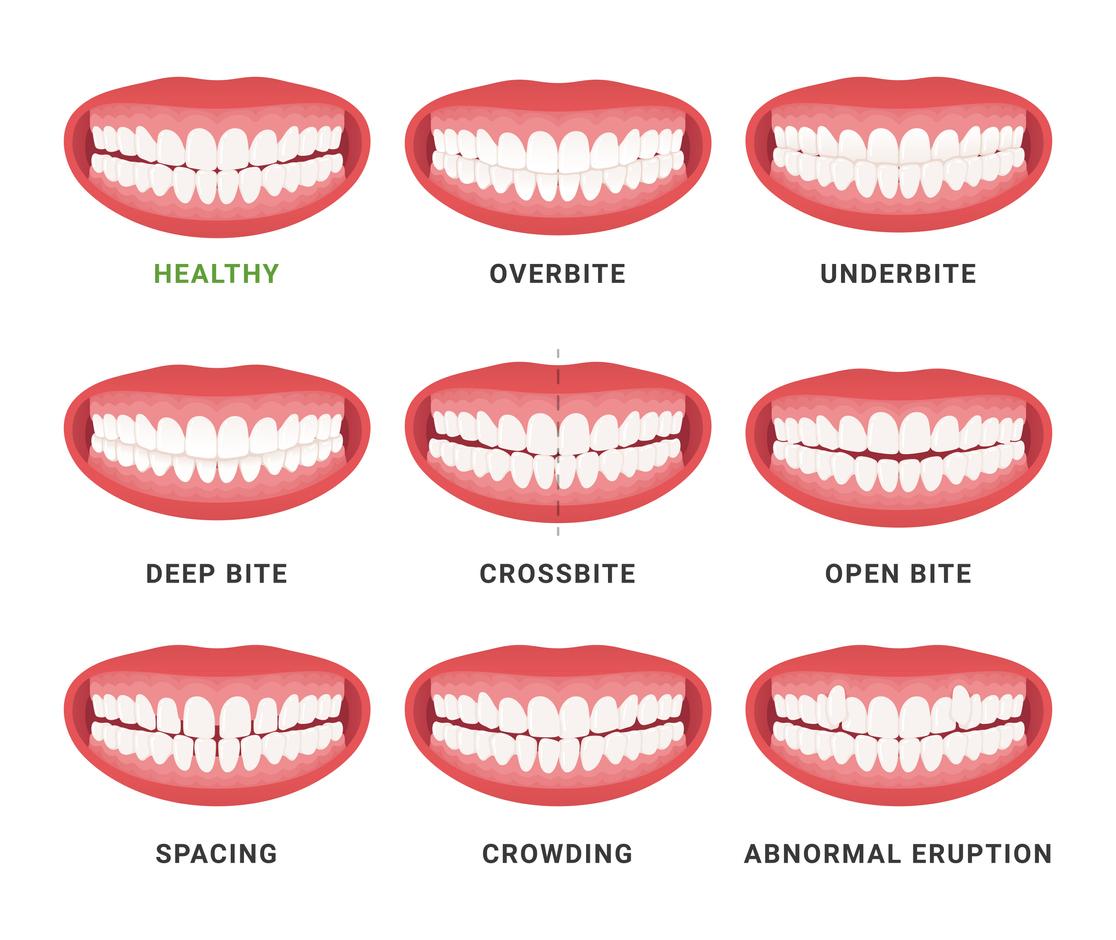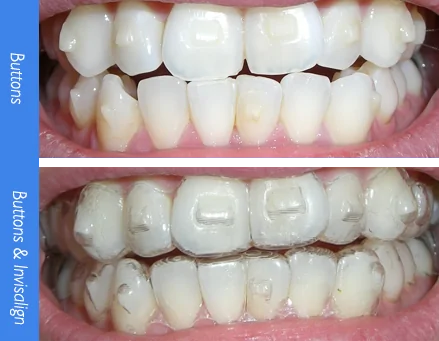Invisalign vs. Traditional Dental braces: Which Option Is Right for You?
When taking into consideration orthodontic treatment, the choice in between Invisalign and traditional dental braces presents several vital factors that warrant cautious examination. Invisalign supplies a discreet alternative with removable aligners, while typical braces supply an extra noticeable yet reliable remedy for serious imbalance.
Review of Therapy Choices

In contrast, typical braces are composed of steel brackets and cables that are bonded to the teeth. This approach uses continuous stress over time to accomplish alignment. While efficient for intricate orthodontic issues, standard dental braces require regular visits for modifications and can posture obstacles in maintaining oral hygiene due to the problem of cleansing about wires and braces.
Both alternatives have their advantages, and the selection often hinges on specific dental conditions, lifestyle preferences, and client compliance. Inevitably, speaking with an orthodontic specialist is crucial for figuring out one of the most appropriate treatment plan tailored to individual needs. Understanding the nuances of each choice can dramatically affect the total success of orthodontic treatment.
Aesthetic Considerations
A considerable aspect influencing the option between Invisalign and conventional braces is the visual charm each treatment provides. Invisalign aligners are crafted from clear plastic, making them essentially unnoticeable when worn. This very discreet appearance is especially attracting teenagers and adults that might feel uncomfortable about their orthodontic therapy. The capacity to maintain an all-natural smile throughout the positioning process can significantly improve the individual's confidence in social and specialist setups.
In contrast, conventional dental braces include steel braces and wires, which can be much more obvious. While advancements in orthodontic innovation have actually led to the advancement of smaller sized brackets and colored elastics, traditional braces still keep a more noticeable account. For some people, the exposure of dental braces may discourage them from looking for necessary treatment.
Eventually, the selection in between Invisalign and typical dental braces may rest on personal choices pertaining to visual appeals. Clients that focus on discernment typically favor Invisalign, while those that are much less concerned regarding presence may decide for traditional dental braces. Understanding the aesthetic implications of each alternative is essential for making an informed decision that straightens with one's lifestyle and choices.
Convenience and Convenience

In regards to benefit, Invisalign aligners are detachable, allowing people to appreciate their favored foods without limitation and keep ideal oral hygiene. Cleaning and flossing are simplified, as the aligners can be taken out throughout these routines, whereas standard braces require mindful navigating around brackets and cords.
Additionally, Invisalign's modern system permits fewer orthodontic check outs. Clients generally get multiple sets of aligners at when, which can streamline the treatment procedure and decrease time invested in the orthodontist's chair. In contrast, traditional braces necessitate normal adjustments, making them much less convenient for those with active schedules. Invisalign. On the whole, the comfort and ease of Invisalign make it an appealing choice for several individuals looking for orthodontic therapy.
Treatment Period and Performance
While both Invisalign and conventional dental braces are effective in fixing dental imbalances, the period of treatment can vary considerably in between both choices. Generally, Invisalign therapy can take anywhere from 12 to 18 months, depending upon the intricacy of the instance. The clear aligners work by progressively changing teeth into their desired settings, and routine follow-ups with an orthodontist assistance make sure progress stays on the right track.
On the other hand, standard dental braces frequently require a longer commitment, typically varying from 18 months to 3 years. This is because of their discover this info here set nature and making use of cords and braces, which can be much more efficient for serious imbalances and complicated situations (Invisalign). The therapy performance of typical dental braces is well-documented, as they enable precise modifications and higher Check This Out control over tooth activity
Inevitably, the selection between Invisalign and conventional dental braces might depend upon both the awaited treatment period and the specific dental concerns handy. Consulting with an orthodontist is critical, as they can offer tailored suggestions based upon private requirements, ensuring the chosen method straightens with wanted end results and timeframes.
Expense Comparison and Insurance Coverage Options
Price plays a significant function in the decision-making procedure for individuals thinking about orthodontic treatment, whether opting for Invisalign or typical dental braces. Generally, the cost of Invisalign arrays from $3,000 to $8,000, while conventional braces usually cost in between $2,000 and $6,000. Elements affecting these expenses include the intricacy of the instance, the period of treatment, and geographical place.
Insurance policy protection can significantly impact out-of-pocket costs. Several dental insurance coverage strategies offer partial protection for orthodontic treatments, yet the specifics can differ commonly. It is crucial for individuals to examine their insurance plans to identify the degree of protection for either alternative. Normally, traditional dental braces may be more frequently covered by insurance coverage strategies contrasted to Invisalign, which some insurance companies classify as a cosmetic treatment.
In addition, several orthodontic methods supply adaptable layaway plan, making both therapy alternatives a lot more accessible. Patients should ask my link about potential financing alternatives and price cuts for ahead of time payments. Reviewing the complete price, consisting of insurance advantages and repayment plans, is essential for making a notified decision that straightens with both visual choices and budget factors to consider.

Verdict
In recap, the option between Invisalign and conventional dental braces rests on several variables, consisting of visual choices, convenience, treatment period, and cost. Invisalign offers a very discreet, detachable choice that helps with dental health and nutritional adaptability, while traditional braces may be better for intricate oral problems and often come at a lower cost factor. Eventually, examination with an orthodontist is important to evaluate individual circumstances and establish one of the most ideal treatment alternative for accomplishing ideal dental positioning.
When thinking about orthodontic treatment, the option between Invisalign and traditional braces presents a number of essential factors that warrant careful analysis.Contrasting Invisalign and typical braces discloses distinctive treatment alternatives for orthodontic adjustment.While both Invisalign and traditional dental braces are efficient in correcting oral imbalances, the period of therapy can vary considerably between the 2 choices.Cost plays a substantial function in the decision-making procedure for individuals considering orthodontic treatment, whether opting for Invisalign or typical dental braces.In recap, the choice in between Invisalign and traditional dental braces pivots on multiple elements, consisting of visual preferences, convenience, therapy period, and cost.